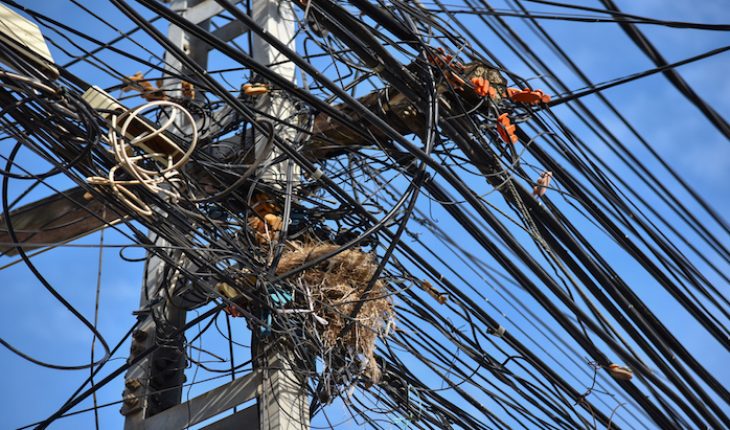Alzheimer’s is a disease that physically affects the brain, causing the cells to die off. It is named after a German neurologist, Alois Alzheimer who first described it in 1906.
Two abnormal structures are prime suspects in damaging and killing off nerve cells. They are plaques and tangles. Plaques build up between nerve cells, and contain deposits of a sticky protein called beta-amyloid. Tangles are twisted fibres of another protein called tau, and they form inside dying cells.
Most of us develop plaques and tangles in our brain with age
It is thought that plaques and tangles somehow block communication among nerve cells and disrupt healthy cell activity. Most of us develop plaques and tangles in our brain with age, but in Alzheimer’s disease their presence is far more widespread. They are also initially concentrated in areas vital to learning and memory and then spread elsewhere.
People with Alzheimer’s also have a shortage of certain important chemicals in their brain which are involved with the transmission of messages within the brain. Research is underway into some treatments that reduce plaque formation and others that boost the levels of these chemical messengers.
There are over 100 different types of dementia. Alzheimer’s disease accounts for around 62 per cent of those with the dementia
As nerve cells die, brain functioning is affected. Forgetfulness and an inability to recall names and words is a common early indicator. The disease takes a different course in every individual; in some people it progresses very rapidly, in others, it takes hold slowly.
There are over 100 different types of dementia. Alzheimer’s disease accounts for around 62 per cent of those with the dementia. Other causes include vascular dementia, dementia with Lewy bodies and fronto-temporal dementia.
Vascular dementia
Vascular dementia leads to a narrowing of the arteries and can result in astroke, when the blood supply to the brain is blocked, causing brain cells to die. Symptoms can appear very suddenly after a major stroke, or over time, if a person suffers a series of small strokes.
Dementia with Lewy bodies
This condition is caused by abnormal protein deposits in the brain’s cells that disrupt normal functioning and cause syptoms similar to Parkinson’s Disease, such as trembling and muscle stiffness, as well as the memory loss associated with Alzheimer’s.
Fronto-temporal lobe dementia
The term fronto-temporal dementia covers a range of conditions including dementia associated with motor neurone disease and refers to the area of the brain responsible for behaviour, emotions and language abilities. Unlike Alzheimer’s disease, the memory remains intact, but the personality and behaviour of the person alters dramatically; introverts become extrovert and vice-versa, and aggression is common. It is more likely to affect people under 65, and there is no treatment; drugs used to treat Alzheimer’s tends to make symptoms worse.
Although Alzheimer’s is the most common form of dementia, because there are so many rarer causes, it is important to seek a medical diagnosis of the exact nature of the condition, as this will have a bearing on the treatment offered.
- New lipid-based pathway discovered as key to memory formation - 25th June 2025
- Crucial link could explain how Alzheimer’s takes hold - 25th June 2025
- Understanding Your Mind Can Improve Daily Life - 25th June 2025







